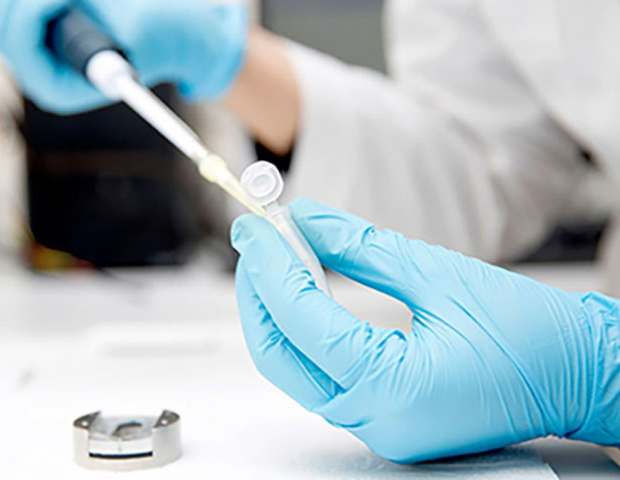Although the coronavirus pandemic has affected many aspects of Johns Hopkins Medicine, it hasn’t changed the institution’s commitment to measuring staff members’ perceptions of their workplace.
It’s again time to express your opinions about your overall work experience — whether on-site or at home — in JHM’s first comprehensive employee survey since 2019.
The online survey, themed “Your Voice, Our Future,” runs through May 9. It is voluntary, and should take five to 10 minutes to complete.
Two years ago, when nearly 80% of JHM’s employees responded to the engagement survey, only about 9% of nonclinical staff members from Johns Hopkins Health System were working from home. This year, because of pandemic safety restrictions, roughly 27% work remotely.
“No matter where people are based, they still want recognition, they still want resources, they still want development and they still want manager support,” says Carol Woodward, executive director of human resources strategic initiatives.
This 2021 Johns Hopkins Medicine Employee Experience, Safety Culture and Nursing Excellence Survey continues to seek feedback on those topics as well as on collaboration and diversity and inclusion. For the first time, the survey also includes questions about the culture of patient safety and nursing excellence for those whose jobs involve those areas.
JHM has held employee engagement surveys regularly since 2001, most recently administered by Gallup. The new vendor, Glint, offers a technology that enables combining questions formerly distributed by separate survey vendors into one platform so that managers can more easily detect trends and determine methods to improve the overall experience of their teams.
Depending upon your job, you will receive up to 39 statements to rate on a scale from 1 to 5; you can also choose to add comments. After Glint tallies the results, your manager will use the information to work with your team in creating an action plan of goals, interactive activities and strategies for improvement.
“These surveys give you a starting point to have a conversation about what’s working, and what isn’t working and what can we do about that,” Woodward says.
In the months ahead, Glint will also provide follow-up information about employee attitudes from short “pulse surveys” meant to encourage continuous monitoring, listening and responsive action, says Jennifer Clarke, assistant director of learning and organization development for the health system.
She credits similar online surveys sent out during the pandemic with providing insight into employees’ concerns about physical and mental health, balancing work and home, and financial stability.

Coronavirus (COVID-19) Email Alerts
Sign up to receive coronavirus (COVID-19) email updates from Johns Hopkins Medicine.
Keeping Up to Date with Changing Attitudes
A culture in which employees take shorter and more frequent surveys works well from a patient safety standpoint, says Lori Paine, senior director of patient safety for the Johns Hopkins Medicine Armstrong Institute for Patient Safety and Quality and The Johns Hopkins Hospital.
“We consider safety culture as something that evolves,” she says. “If I ask you today about your perceptions of safety, you might say something very different than if I ask you the same question a month from now.”
She looks forward to learning whether staff members feel comfortable speaking up about safety concerns, whether they feel these issues are adequately addressed after they are raised, and whether they feel Johns Hopkins Medicine focuses on finding solutions rather than blaming individuals.
Linda Fair, lead clinical nurse in the cardiac care unit of The Johns Hopkins Hospital, credits the 2018 patient safety survey with focusing attention on the need to provide more time for handoffs between providers in cardiac procedural areas, such as the catheterization laboratory, and primary nurses in the CCU.
“It will be interesting to see if people think we really made a difference,” she says. “Although we have other reporting mechanisms, such as Hero (online safety reporting portal), we don’t have a way of determining how people feel overall about teamwork on the unit. What comes out more on these surveys are attitudes about safety.”
Fair serves as co-champion with Carol Burns of her unit’s Comprehensive Unit-Based Safety Program (CUSP), an initiative that seeks to increase patient safety by making sure front-line caregivers have the tools and support they need. She says the pandemic has caused her unit to work more closely with others, generating positive remarks about collaboration. She’s eager to know what the survey will say about that.
“I feel we’ve gotten to know a lot more people within cardiology,” she says. “I’m hoping our results will show that the past year has really improved the teamwork between our units, that it’s been good at relationship-building.”
